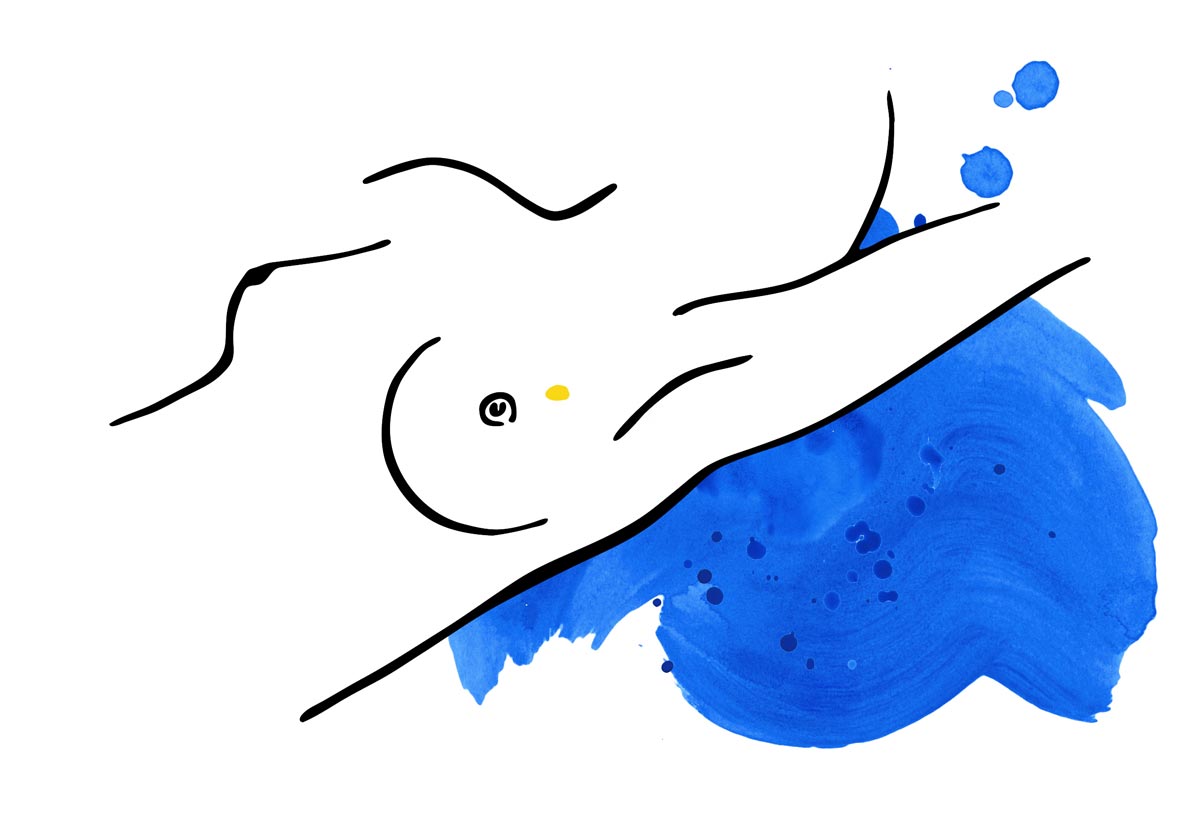If physical examination, mammography or other imaging study shows a suspicious change in one of your breasts, the next step may be a biopsy.
During a breast biopsy, a sample of breast tissue is taken. A pathologist (a doctor who is a specialist in the diagnosis of disease) then examines this tissue under the microscope to determine whether it contains any cancerous cells.

- Procedure:
During an FNA procedure, the doctor inserts a very fine needle into the suspicious area of the breast and extracts some cells.
- Advantages:
A straightforward procedure which can be performed during the consultation in palpable lesions.
- Disadvantages:
It is less precise than core needle biopsy (CNB).
It may not provide full information on the tumour.
It cannot distinguish between non-invasive and invasive cancer.
- Procedure:
We perform core needle biopsy if we require a tissue specimen which is larger than can be obtained using FNA.
We use this method to diagnose suspicious areas which can be seen on mammography, ultrasound or MRI, but which are too small to be felt. The imaging technique used depends on what the cells or tissue look like, and which will produce the best image.
- Advantages:
Core needle biopsy is the preferred method for taking samples from breast lesions.
It enables a faster diagnosis.
It can prevent the need for surgical biopsy in the majority of women.
- Disadvantages:
It requires the use of local anaesthetic to numb the area and a larger needle to remove a cylinder of tissue.
Some women may require further surgical biopsy.
Sources: MSKCC / NIH / Radiology. org
August 6, 2019
lesen Sie Nachrichten
Tel.: +34 952 908 628
+34 609 148 799
952908898 Onkologie
951829978 Bildgebende Diagnostik
951829947 Gynäkologie
952908897 Fertilitäts-Zentrum
951829947 Physiotherapie